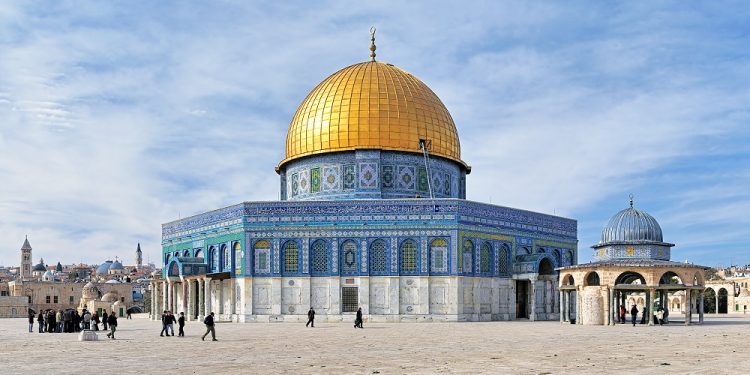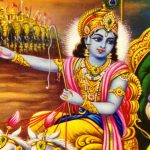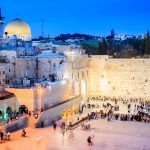
Isra and Mi’raj
Isra and Mi’raj is a holiday observed on the 27th day of the month of Rajab, which is the seventh month of the Islamic calendar, or between April and May on the Gregorian calendar. It is the day, also known as Al-Isra’ Wal Miraj, that marks the night Allah took Muhammad from Mecca to Jerusalem and eventually to heaven.
It is celebrated by Muslims all over the world, including the Middle East, Indonesia, Australia, Canada, the United Kingdom, and the United States.
History of Isra and Mi’raj
The origins of Isra and Mi’raj can be traced back to the Quran, where the events of Isra & Mi’raj are briefly referenced. It isn’t discussed in greater detail until Hadith literature supplemented this writing. According to Islamic tradition, Isra and Mi’raj is the “Night of Ascent.”
This is when the Prophet Muhammad is believed to have transcended his spiritual form to become close to Allah and achieve a spiritual state that we humans could never fully understand.
While the exact year of Muhammad’s journey is unknown, it is believed to have taken place on February 26th of 621 on the Julian calendar. This ascent, which took place on the 27th day of Rajab, confirmed the status of the Prophet in heaven—a status which cannot be attained by mere mortal men or women.
It is a stage of heaven where not even the angels are allowed to tread, as confirmed by Gabriel the Angel remarking that he cannot accompany the Prophet on his glorious ascent.
It is believed that he continued his journey to the “Throne of Allah.” There, he drank from the fountain of knowledge and would later come back to Earth to impart some of this knowledge to his followers.
Isra and Mi’raj Customs & Traditions
The customs and traditions of Isra and Mi’raj vary from one Islamic community to another. Some people spend the day visiting the mosque or reading the story of Isra and Mi’raj at home.
Some choose to celebrate the occasion by decorating their houses with candles and electric lights and serving food. Elders may spend the day with their children and grandchildren to explain Muhammad’s life story to them.








